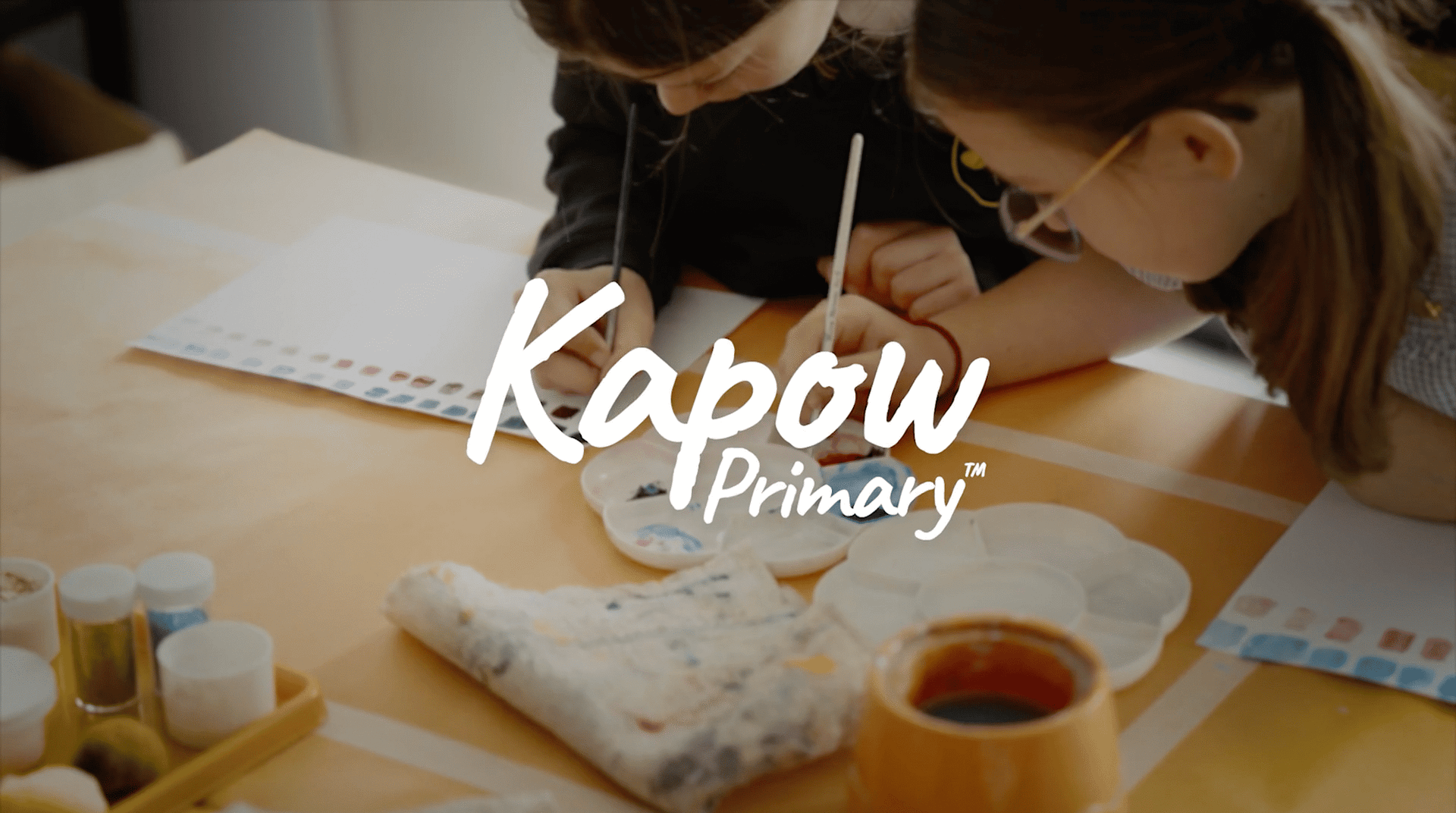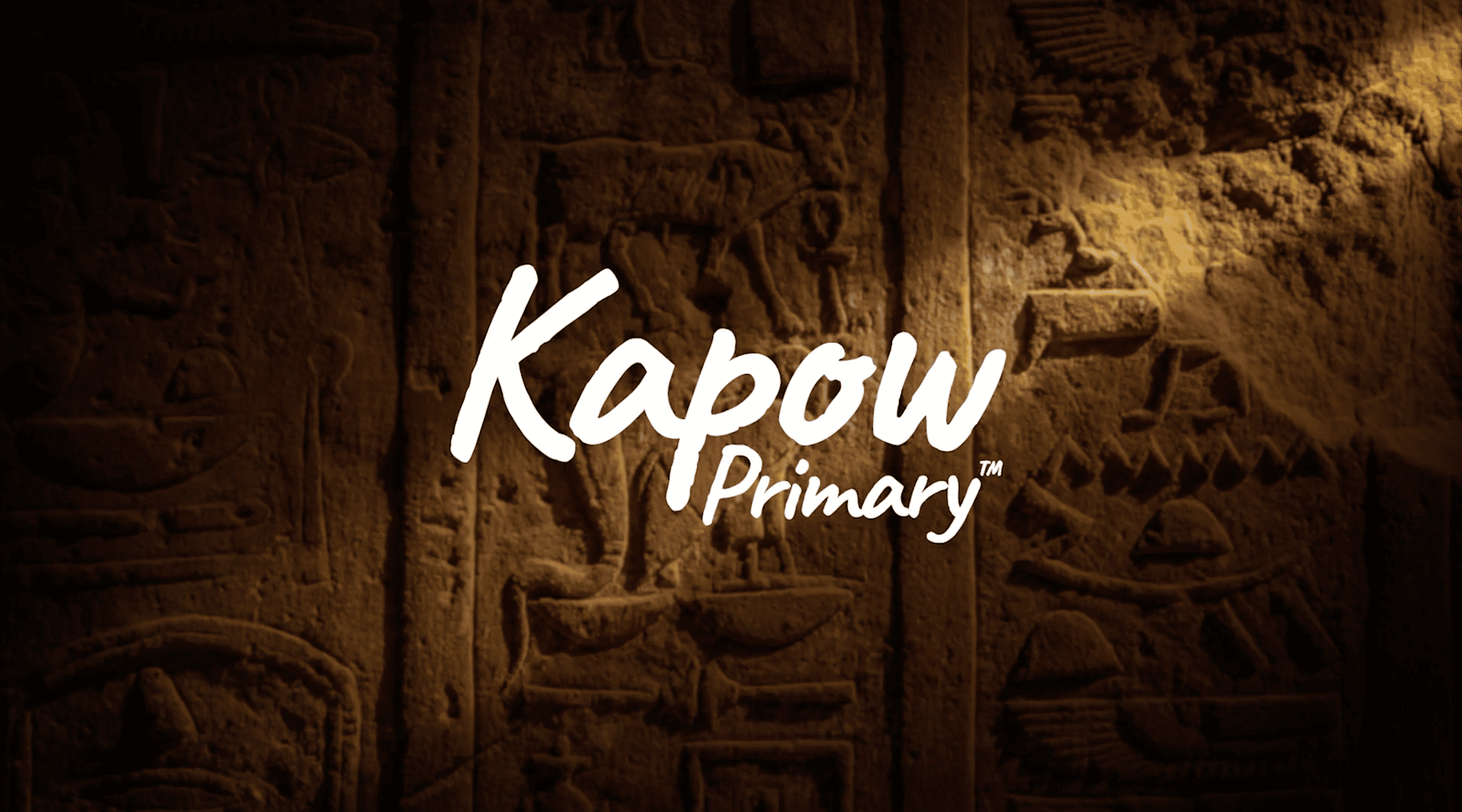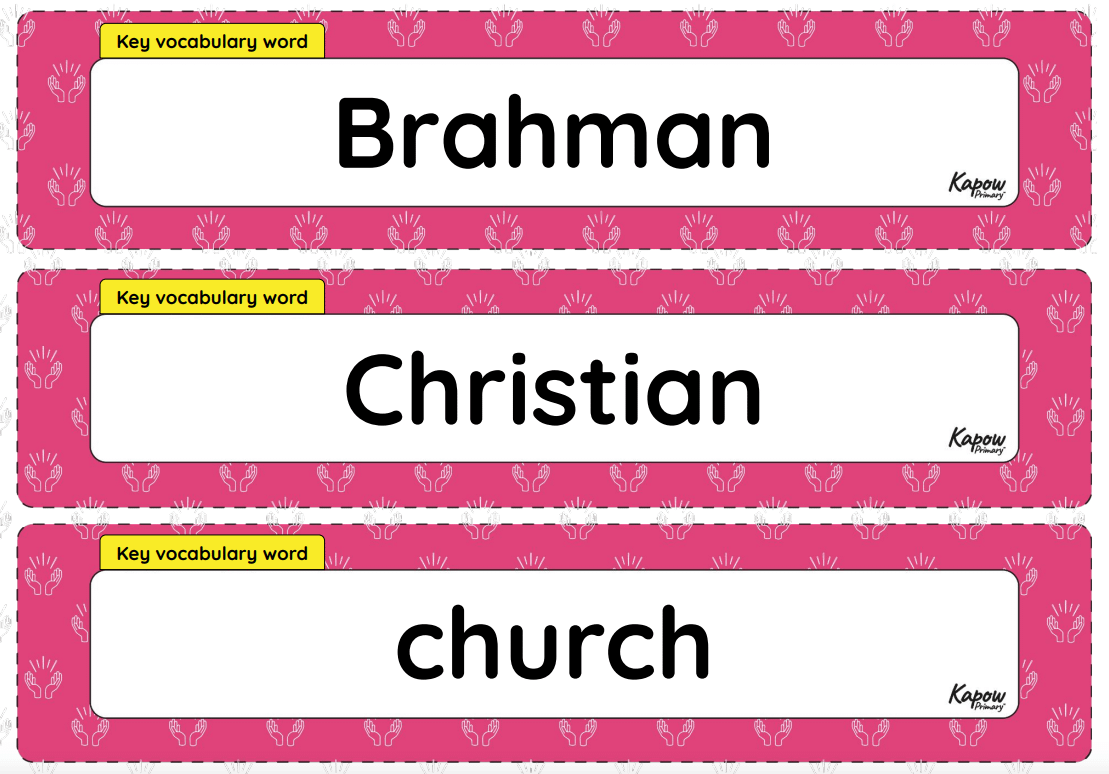This video introduces our Religion & Worldviews scheme of work, helping pupils explore beliefs, cultures, and ethical issues with curiosity and respect. With engaging lessons, diverse perspectives, and full teacher support, you can teach with confidence.
year: Year 2
Introducing RSE & PSHE
This video introduces our RSE & PSHE scheme of work, designed to equip pupils with essential life skills while meeting statutory guidance. The scheme includes age-appropriate lessons, animated videos, and full teacher support to ensure confident delivery.
Introducing Art and design
This video provides an overview of our Art and design scheme of work, helping you teach with confidence while building creativity and skills year after year. Get lesson plans, pupil videos, CPD, and assessment tools – everything you need to inspire young artists.
Introducing Music
This video introduces Kapow Primary’s Music scheme of work, designed to support teachers with engaging lessons, skills videos, and step-by-step guidance. Covering notation, composition, improvisation, and performance, the spiral curriculum helps pupils build confidence and musical knowledge year after year.
Introducing History
This video introduces Kapow Primary’s History scheme of work that builds knowledge, develops critical thinking, and brings the past to life through engaging lessons and teacher support.
Introducing Geography
This video introduces Kapow Primary’s Geography scheme of work, supporting teachers with national curriculum-aligned lessons, CPD, and fieldwork guidance.
Introducing Design & Technology
This video introduces our Design & Technology scheme, designed to bring the design process to life with real-world projects and builds skills progressively. With integrated CPD and fully resourced lessons, teachers gain the confidence to deliver D&T effectively.
Introducing Computing
This video provides an overview of Kapow Primary’s Computing scheme of work, designed to support teachers in delivering engaging, high-quality lessons from Reception to Year 6. With a spiral curriculum, integrated CPD, and flexible planning options, it builds teacher confidence while ensuring pupils develop essential digital skills.
Vocabulary display: Y1/2 (A): Why do we need to give thanks?
This unit vocabulary display includes keywords from the mixed-age unit Religion and worldviews, Year 1/2 (A), Why do we need to give thanks? and additional unit-specific words that may be helpful in a display.
Key vocabulary is clearly labelled on the display, highlighting essential words that the pupils are expected to retain and reuse in future units. Understanding these words enhances comprehension of the subject and supports understanding of prominent organised worldviews.
See the full Religion and worldviews: Progression of key vocabulary.









